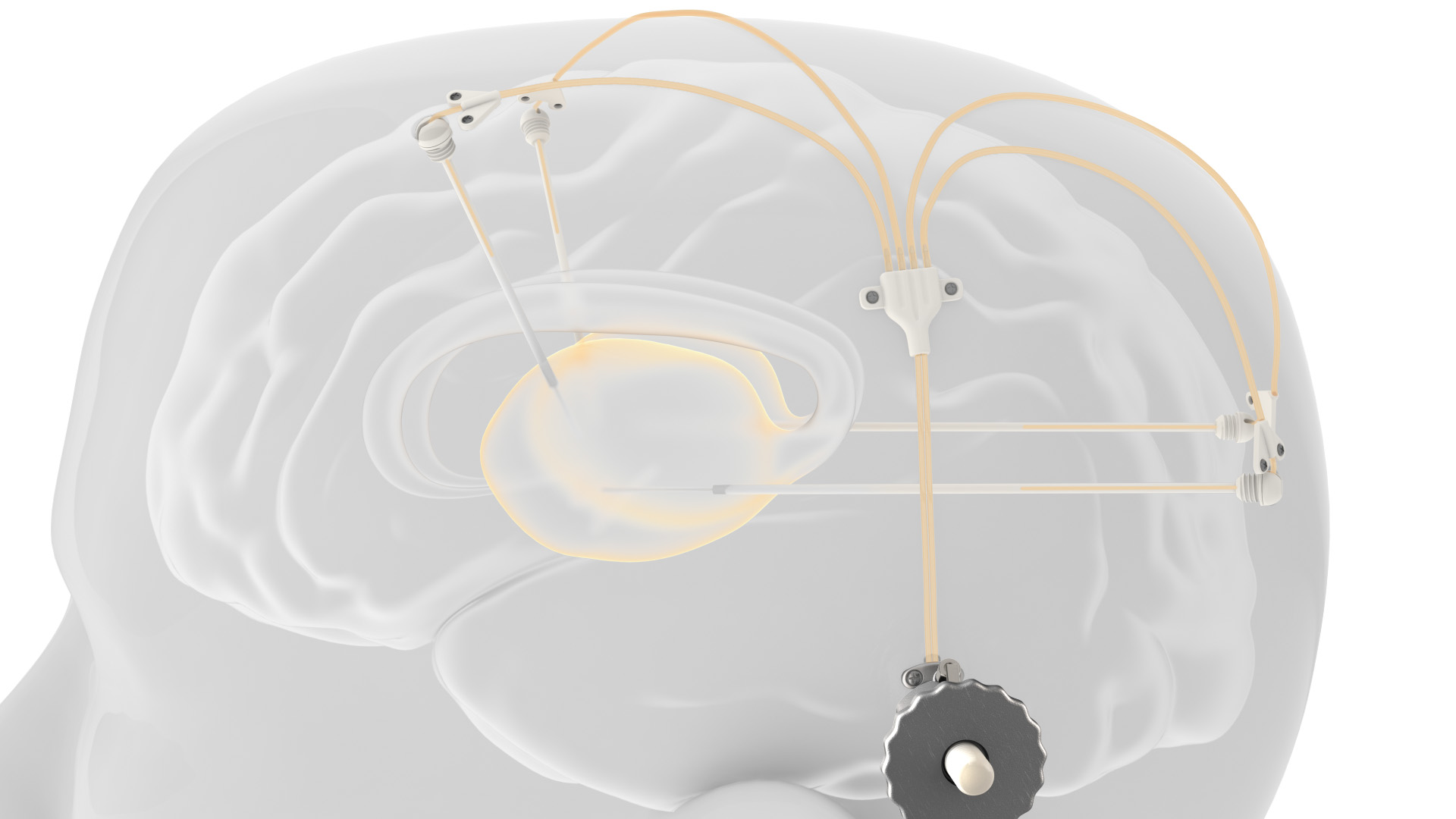Global engineering technologies company, Renishaw, has concluded the extension component of its phase 1-2 clinical study, carried out jointly with pharmaceuticals expert Herantis Pharma, which investigated the safety and performance of its neuroinfuse drug delivery device and cerebral dopamine neurotrophic factor (CDNF), as a treatment for Parkinson’s disease.
According to Renishaw, its award-winning neuroinfuse drug delivery device is currently the only platform to facilitate repeated, intermittent infusions into the parenchyma, an organ’s functional tissue, which was demonstrated during the first-in-human clinical trial of CDNF.
Initial results from the main study were positive, with the extension component of the study enabling all participants the opportunity to receive CDNF infusions to further assess the safety, performance and tolerability of neuroinfuse and CDNF.
“Now the extension study has reached its completion, I would once again like to extend a huge thank you to the trial participants for making this study possible, making personal sacrifices that will ultimately benefit fellow and future Parkinson’s Disease patients,” said Rupert Jones, Managing Director of Renishaw Neuro Solutions.
Parkinson’s is a neurodegenerative disease, caused by the breakdown of dopamine producing neurons in the brain, with debilitating symptoms including involuntary shaking, muscle stiffness and slowing down of movement. Patients can also suffer non-motor symptoms such as difficulty sleeping, memory loss, anxiety and depression. While symptoms can be initially managed with medication, there is currently no treatment available to prevent disease progession.

neuroinfuse intermittent drug delivery system
Renishaw’s neuroinfuse device is made up of four catheters, accessed via a 3D printed titanium transcutaneous port inserted behind the patient’s ear, which can be implanted into targeted areas within the brain. The port is manufactured on Renishaw’s own metal 3D printing systems. Infusion lines are connected using an MRI compatible application set, which repeatedly positions itself onto the port. Retracted needles extend through a septum in the port to allow therapeutics in the external infusion lines to be delivered through the implanted catheters.
This patented design means patients are able to receive the infusions in an out-patient setting, rather than needing new catheters implanted for each infusion, which has so far been the only option.
“I’m delighted to see Renishaw’s drug delivery system continuing to facilitate repeated infusions over an extended period of time for such a complex condition as Parkinson’s Disease,” continued Jones. “The device’s performance demonstrates what a powerful delivery platform it is for the treatment of many, currently incurable, neurological conditions, opening new possibilities in the field of neurosurgery and neuroscience.
“I see this as a hugely positive step forward and believe all involved in the study should be proud of their achievements.”
The main study
The main study saw 17 patients randomized to recieve either a one placebo dose per month for six months, or six doses of Herantis Pharma’s CDNF, over the same period in a blinded manner. After this time, 15 patients took part in an additional six-month study where all participants received CDNF. Patients who completed both studies received 12 infusions in total, delivered in an out-patient setting.
The safety, performance and tolerability of both the neuroinfuse system and CDNF were evaluated alongside surgical accuracy. The potential efficacy of the drug was also rated against the Unified Parkinson’s Disease Rating Scale (UPDRS) motor score, among other metrics.
The clinical study was granted funding for the European Union’s research and innovation program Horizon 2020. In February, initial results were revealed to be ‘promising’, indicating predictable and accurate placement of the device, as well as significant efficacy and safety of both the device and CDNF.
3D printing neural implants
Renishaw is not alone in using 3D printing technology for the creation of neural implants, with researchers and engineers at Massachusetts Institute of Technology (MIT) exploring the use of 3D printing to develop soft, flexible brain electrodes using a conductive polymer liquid material.
And in 2019, researchers at Carnegie Mellon University unveiled a study using 3D nanoparticle printing to create high-density neural probes to record neurological data. Meanwhile, Qrons, a New-York-based Biotechnology start-up, announced an Intellectual Property (IP) Agreement with Dartmouth College, to develop 3D printable implants to treat penetrating or traumatic brain injuries.
The 4th annual 3D Printing Industry Awards are coming up in November 2020 and we need a trophy. To be in with a chance of winning a brand new Craftbot Flow IDEX XL 3D printer, enter the MyMiniFactory trophy design competition here. We’re happy to accept submissions until the 30th of September 2020.
Subscribe to the 3D Printing Industry newsletter for the latest news in additive manufacturing. You can also stay connected by following us on Twitter and liking us on Facebook.
Looking for a career in additive manufacturing? Visit 3D Printing Jobs for a selection of roles in the industry.
Featured image Renishaw’s drug delivery device. Image via Renishaw.



